Home / Albums / Technology / Inventions 25

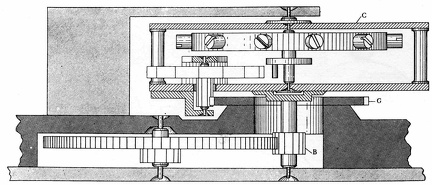 Breguet’S Tourbillon
Breguet’S Tourbillon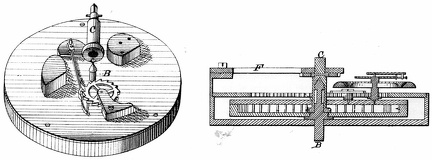 Drawing from U. S. Patent
Drawing from U. S. Patent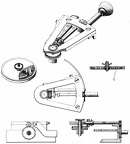 Part of the Drawings from U. S. Patent 186838
Part of the Drawings from U. S. Patent 186838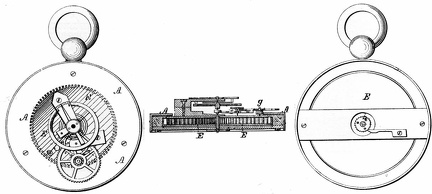 Patent Drawing of the Hopkins Watch
Patent Drawing of the Hopkins Watch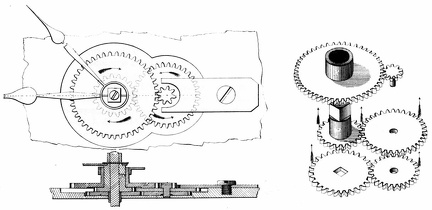 Remaining Drawings from U. S. Patent
Remaining Drawings from U. S. Patent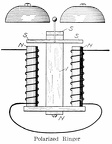 Polarized Ringer
Polarized Ringer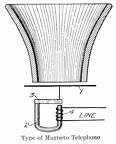 Type of Magneto Telephone
Type of Magneto Telephone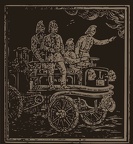 Fire Engine
Fire Engine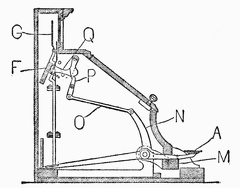 Cash Register 2
Cash Register 2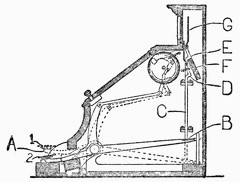 Cash Register
Cash Register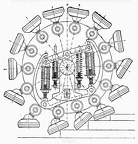 Pedrail cimbing stairs
Pedrail cimbing stairs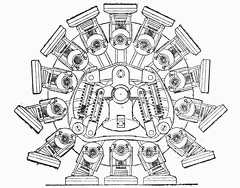 Pedrail
Pedrail Microscope
Microscope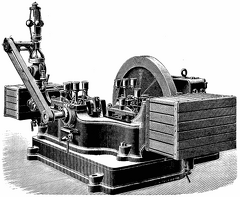 Improved high speed engine and dynamo
Improved high speed engine and dynamo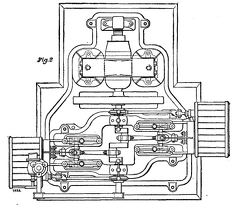 Improved high speed engine and dynamo - fig 2
Improved high speed engine and dynamo - fig 2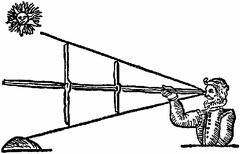 Cross-staff
Cross-staff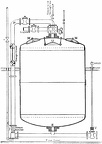 High Pressure Blow-through Kier
High Pressure Blow-through Kier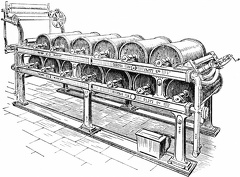 Horizontal Drying Machine
Horizontal Drying Machine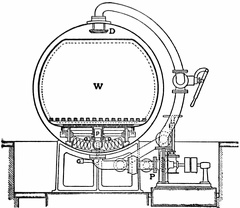 The Mather Kier, cross section
The Mather Kier, cross section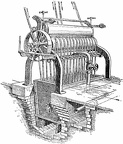 Roller Washing Machine
Roller Washing Machine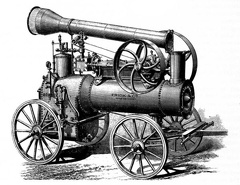 Frick portable steam engine of 1877
Frick portable steam engine of 1877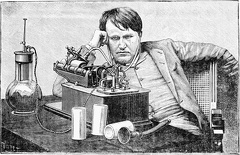 Edison with his Phonograph
Edison with his Phonograph Breech loading Gingal (Chamber out)
Breech loading Gingal (Chamber out) Using Bells phone
Using Bells phone Twine phones
Twine phones



